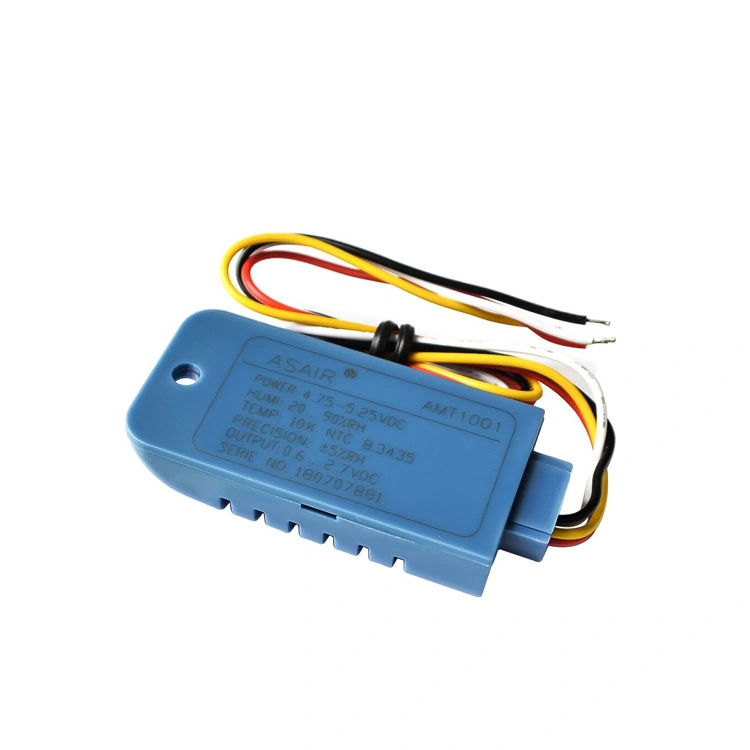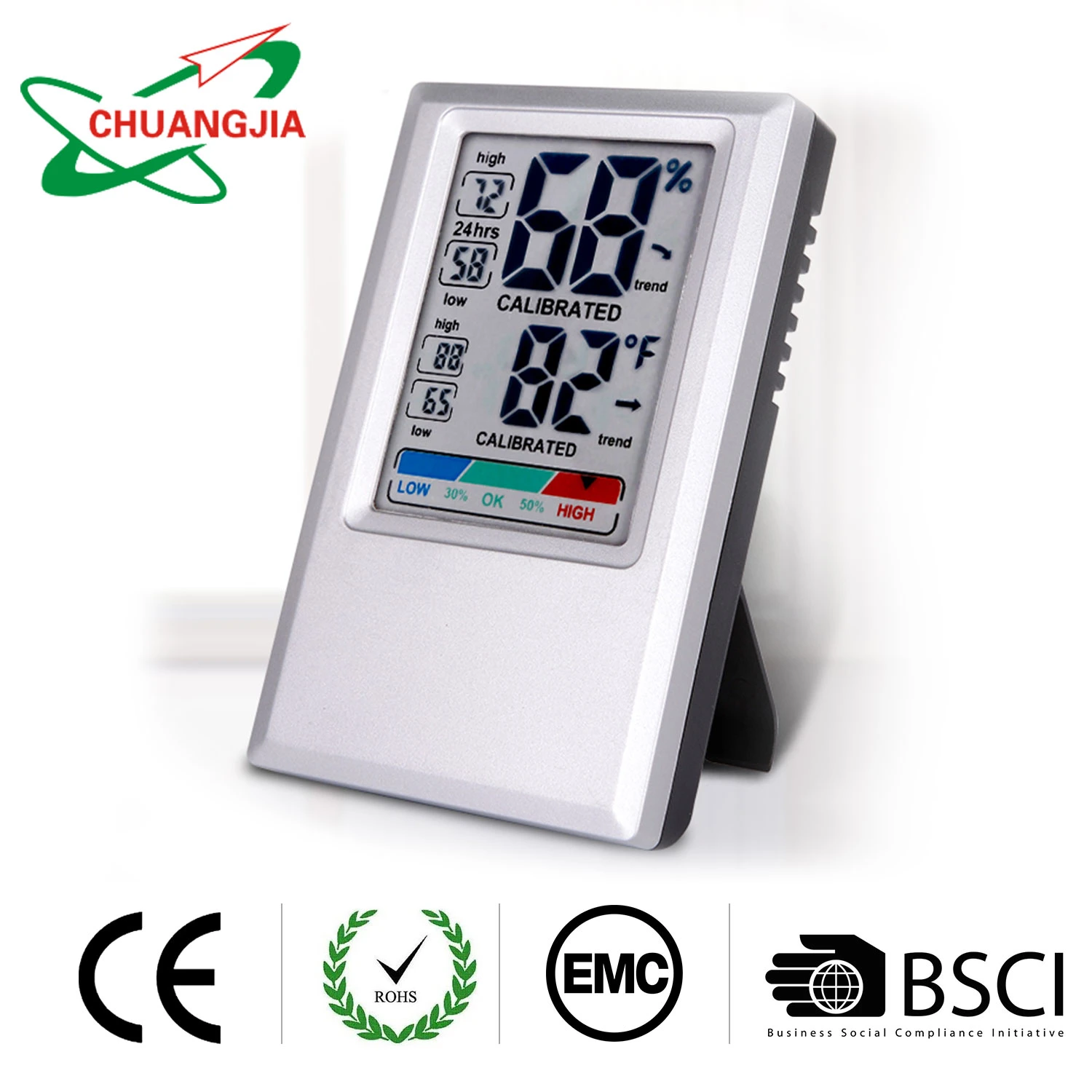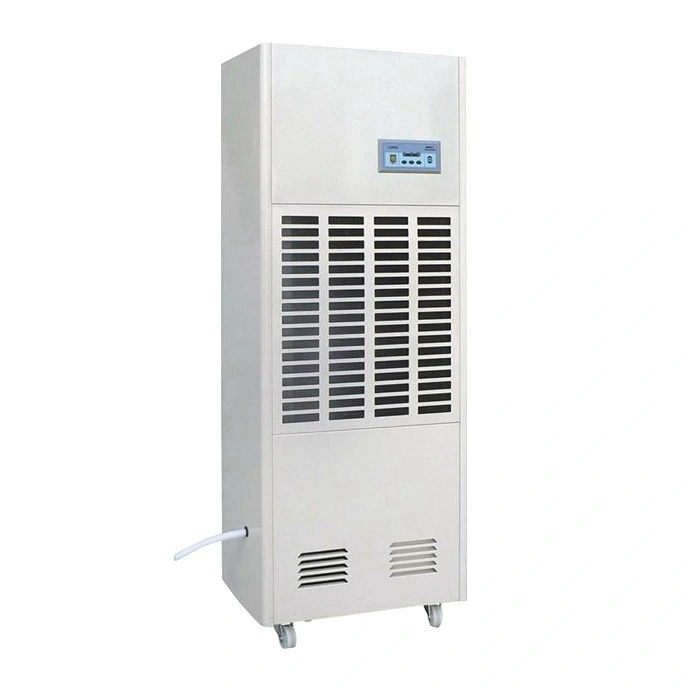October is a great month to prepare plants for winter. For many gardeners, the cooler nights and shorter day length signal the end of another gardening season.
Most will begin turning their thoughts to ordering garden catalogs or watching other people garden on television. But don’t put away your gardening gloves yet, there are still plenty of tasks to be completed.
For your lawn, apply your second application of nitrogen to your cool season lawn around Oct. 15. Cool-season lawns, such as fescues, do most of their growing in cooler temperatures and benefit from an application of one pound of nitrogen per 1,000 square feet three times in the fall: Sept. 1, Oct. 15 and Nov. 15.
If you just reseeded your lawn, remember to keep the ground wet, but not soaked, until the grass seedlings emerge. Once your grass is growing, switch your watering schedule to less-frequent applications but longer watering time. Your goal should be one to two inches weekly. This will encourage the roots to grow deeply into the soil and prepare them for possible droughty weather next summer.
After enjoying a summer of warm temperatures and sunshine, expect houseplants to exhibit shock, in the form of dropping leaves, as they adjust from full sunlight to the soft lighting of your home. Place your plants near a window on the south side of your home where they can receive the most light.
Over a four-week period you can gradually move these plants away from the window to their normal display area. Plants will also have trouble adjusting to dry air in homes. When you notice leaf drying or curling, spray leaves with a mist of water to add moisture. Bathrooms and kitchens usually have higher humidity and may make the best home for finicky plants.
Also, be sure to inspect your plants for insects before bringing them indoors. You may find whitefly, spider mites, mealybugs and thrips. Washing your plants with soapy water (two teaspoons of mild detergent/gallon water) will remove the bigger portion of pests. Hand removal of larger pests is very effective.
If you grow strawberries, mulching provides protection to tender crowns and flower buds from cold temperatures. It also reduces weed competition and conserves moisture, all necessary to a strawberry’s success. Apply three inches of pine needles or rye or wheat straw after several light frosts have occurred, but before a hard freeze.
Applying mulch too early can lead to crown rot and delay dormancy. Don’t forget next spring after heavy frost periods have ended to rake the straw from the plants to the isles.
Reduce competition for moisture and nutrients by controlling weeds at the base of fruit trees and grapes. Voles feed on the bark of trees during winter months and can girdle or completely kill fruit trees. Keeping a weed-free zone beneath fruit trees reduces vole habitat. Treat with a non-selective herbicide below the drip line of fruit trees and three feet on both sides of grape arbors to establish a weed-free zone anytime between late October and December.
Just because its cold doesn’t mean you don’t have to water those newly planted trees and shrubs. Warm, windy days can dry out the soil leaving your plants in need of water. Proper watering and mulching will ensure that roots become well established during the winter months.
These are just a few tips to help your plants through the winter and be healthy in the spring. Take a little time to care for the plants in your landscape this fall and you can reap the rewards next season.
P. Andrew Rideout is the University of Kentucky Extension Agent for Horticulture at the Henderson County Extension Office. You can reach him by email at pandrewrideout@uky.edu.









